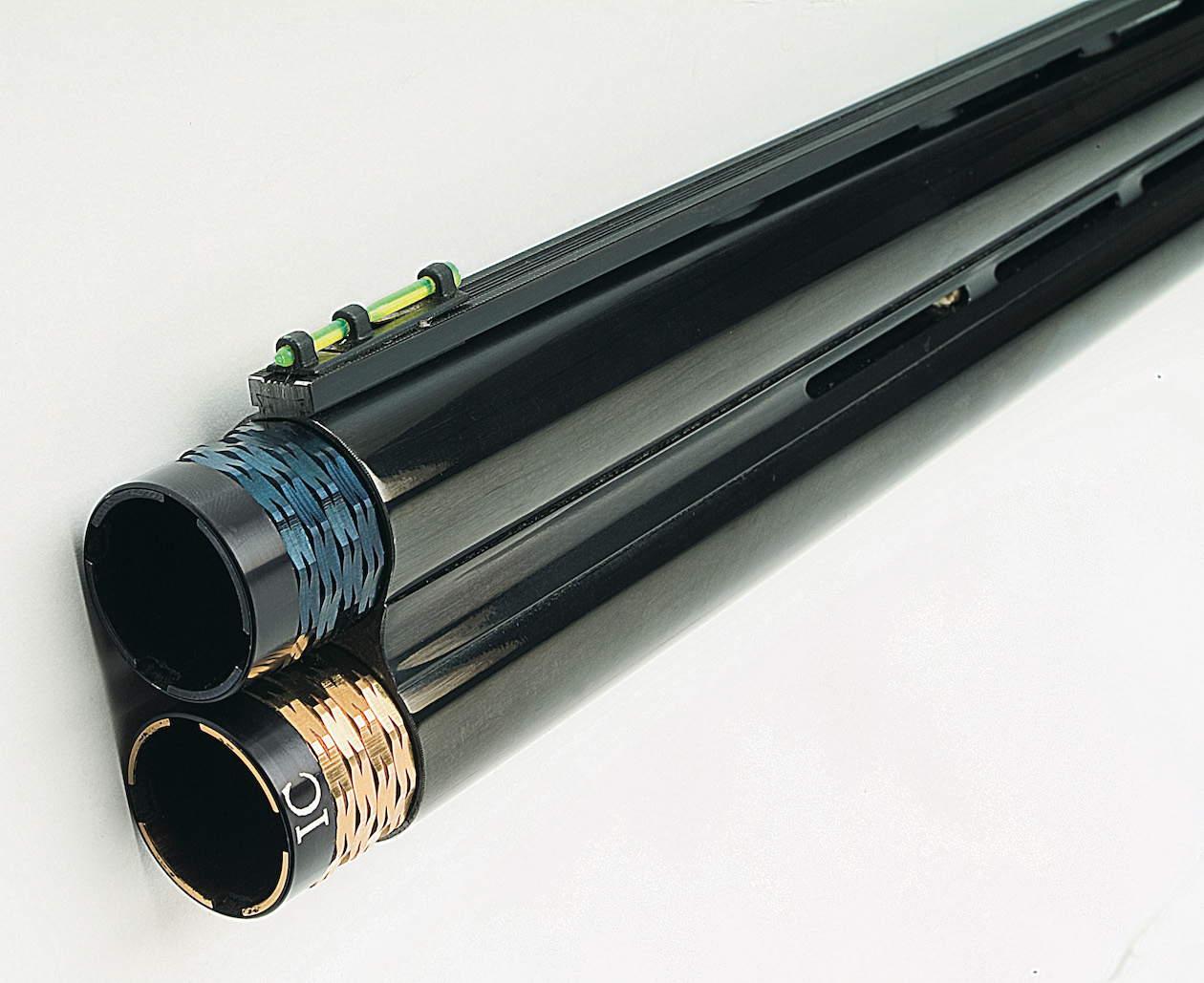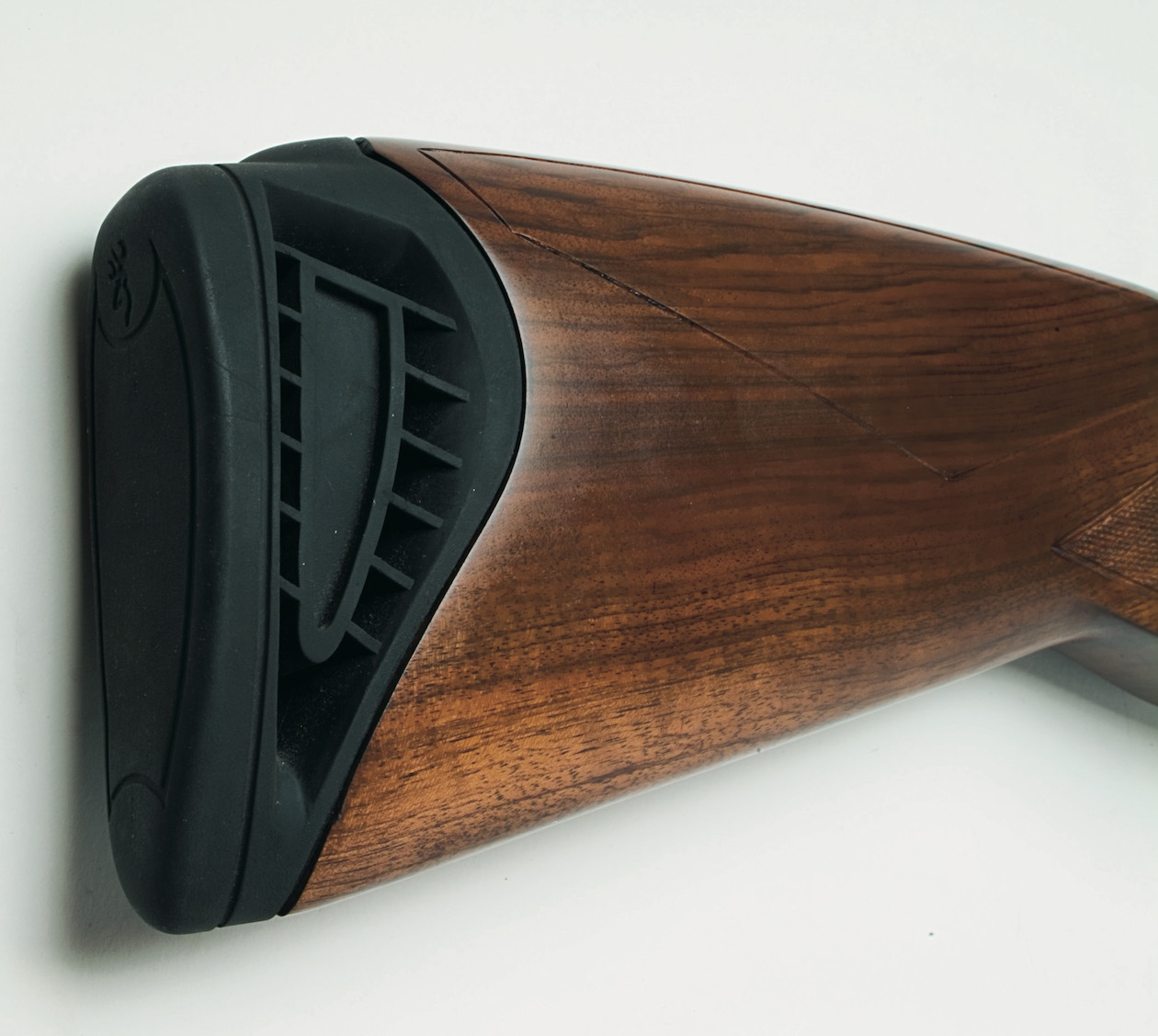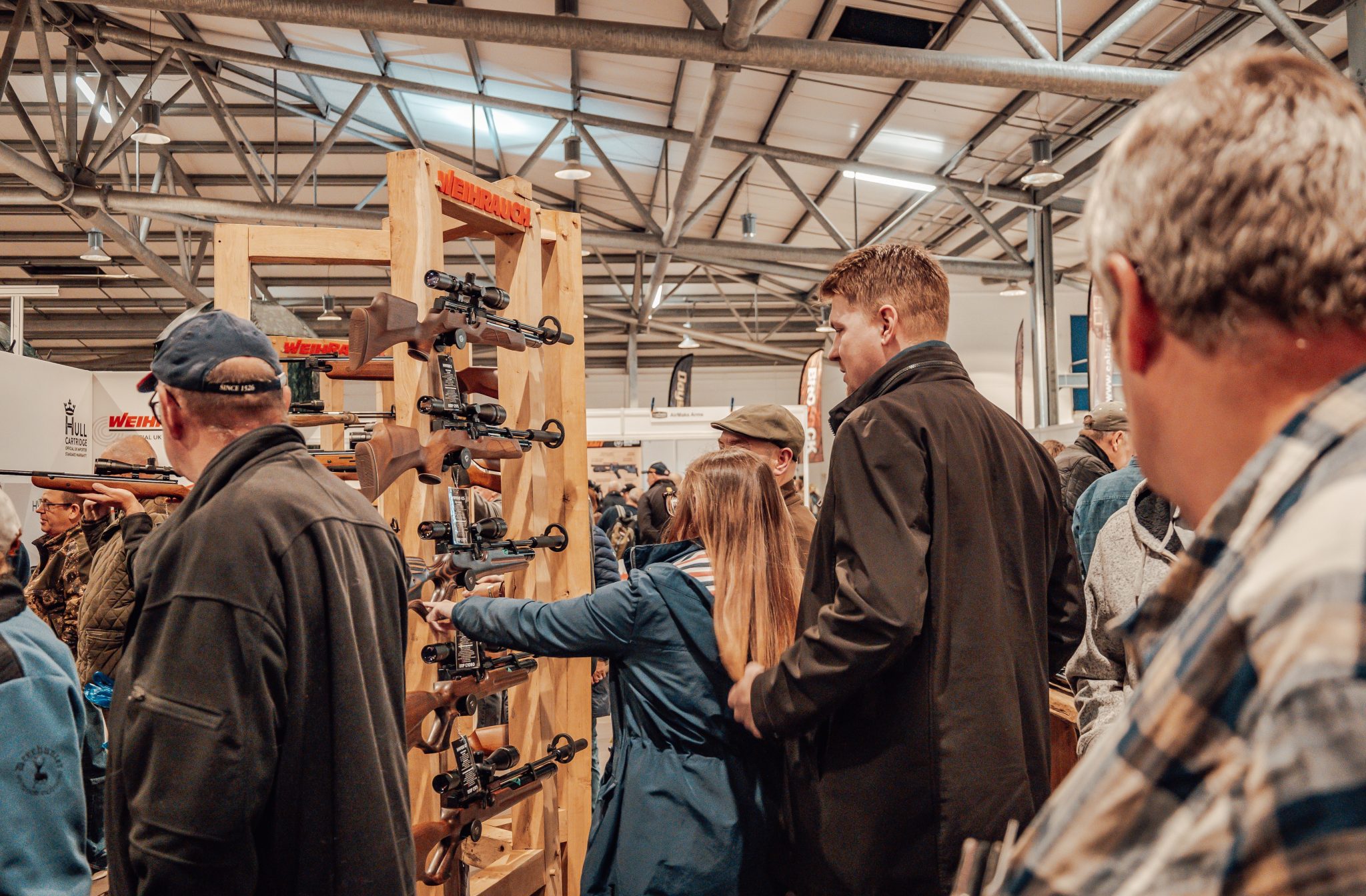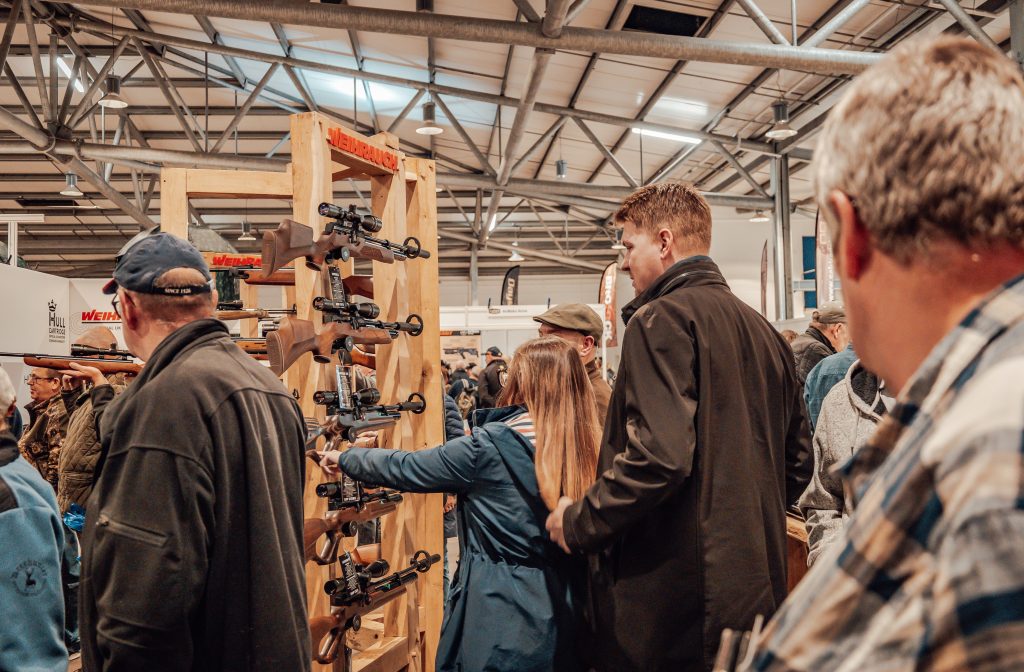Win CENS ProFlex DX5 earplugs worth £1,149 – enter here
Browning Cynergy shotgun review
Browning Cynergy shotgun: The Browning Cynergy shotgun incorporates all that's best in modern shotgun design - at an affordable price.
 Browning Cynergy
Usd SG april 18 2nd hand guns
Browning Cynergy
Usd SG april 18 2nd hand guns
- Release date: 2004
- Weight: 7¾lb
- Discipline: Clayshooting (although the weight and stock dimensions of the Sporter version mean it can be used in the field)
- Manufacturer: Miroku in Japan for Browning

The Browning Cynergy
On its launch, the Browning Cynergy was considered by some to be the most radical break-action shotgun of the past 100 years. It was even claimed to have a more radical design than John Moses Browning’s B25 – created over 80 years ago and still doing sterling service. The B25 is the gun that set the bar for the modern over-and-under.
How the Browning Cynergy works
The action block, machined from a solid steel forging, is one of the shortest in the business, and the first visible difference is the jointing seems to be back to front, with the concave curve in the block itself and the convex curve on the fore-end iron. Stub pins are built into the fore-end iron, but the gun does not truly hinge on these. They form a convenient rearward latch for the fore-end iron when the gun is assembled, and the barrels actually hinge on quarter-circle cut-outs in the action walls which engage with similarly-shaped projections in the barrel monobloc. This feature provides huge load-bearing areas compared to pins of any kind, and makes for incredibly strong jointing with little chance of ever shooting loose.
The top lever is very slim and low in profile. Cocking rods run along the action floor, and are forced backwards by cams in the fore-end iron when the gun is opened. Browning call this system ‘Monolock’.
Inside the mechanism, the arrangement for firing the gun is novel, too. There are no hammers, the coil mainsprings acting directly on the firing pins via levers. The sears work directly on to these levers, which means the gun has an incredibly fast lock time. Browning claim just 1.8 milliseconds from trigger release to cartridge ignition, which really is fast. The single, selective trigger is transferred to the second barrel mechanically rather than by recoil, but a recoil mechanism is there to prevent a double discharge.

Long Browning Invector Plus choke tubes, now re-named Diamond chokes, are fitted.
Barrel selector is in the usual place, built into the safety thumbpiece.
The bolt on this gun is a U-shaped component, with prongs coming forward through the breech face to mate with bites in the back of the barrel monobloc level with the centre line of the bottom barrel. There are no barrel lumps, as such, at all.
The single-piece ejectors, which are tripped when the gun reaches the fully open position, are powered directly by coil springs which run between the barrel tubes forward of the monobloc. With the fore-end fitted, these springs rub behind polymer shrouds.
Typical of a dedicated competition gun, the exterior of the action bears little engraving – a simple logo and the word Cynergy on each side in gold, and the Browning logo, again in gold, on the top lever.
Barrels
- Built on Miroku’s monobloc system.
- The top rib, supported on angled pillars, is slightly ramped and tapers from 11mm at the breech to 8mm at the muzzle.
- Side ribs are ventilated.
- Bores are internally chromed.
- Chambers are three-inch (76mm), and the tubes carry steel shot proof.
- Tubes are over-bored, with an internal diameter of 0.736 in compared to the old British standard of 0.729in. This reduces recoil and tends to improve patterning, too.
- Long Browning Invector Plus choke tubes, now re-named Diamond chokes, are fitted. These protrude from the muzzles, and are colour-coded for easy identification.
- Barrel sets of 28, 30 and 32 inches are available

The stock on the Cynergy
Stock
When the Cynergy first came on to the British market the stock was as radical as the rest of the gun. It had what’s known as a ‘hog’s back’ comb of rounded profile – a style sometimes seen on continental rifles. The idea of this is, on recoil, the stock moves away from the shooters cheek, avoiding stinging and possible bruising. The gun also had a soft rubber recoil pad. (Read more about recoil here.)
However the Pro Sport and Pro Trap models are fitted with stocks of conventional profile, with normal recoil pads.
There is also a stock with an adjustable comb available and the version called the Black Ice (see video above) with a synthetic stock. The original stock remains available on a number of models, for those who like it.
Competitors
The Beretta 682 Gold E, and the Browning Ultra or XS.
This review was first published in 2014 and has been updated.
Related Articles
Get the latest news delivered direct to your door
Subscribe to Shooting Times & Country
Discover the ultimate companion for field sports enthusiasts with Shooting Times & Country Magazine, the UK’s leading weekly publication that has been at the forefront of shooting culture since 1882. Subscribers gain access to expert tips, comprehensive gear reviews, seasonal advice and a vibrant community of like-minded shooters.
Save on shop price when you subscribe with weekly issues featuring in-depth articles on gundog training, exclusive member offers and access to the digital back issue library. A Shooting Times & Country subscription is more than a magazine, don’t just read about the countryside; immerse yourself in its most authoritative and engaging publication.







